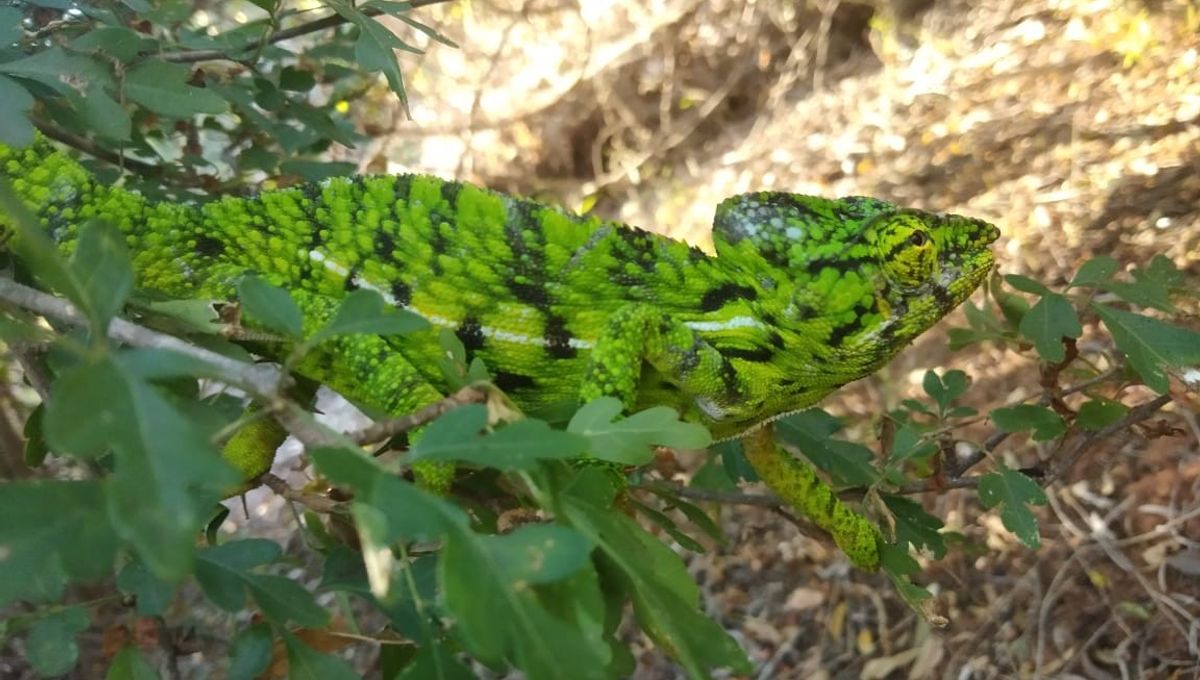
Critically endangered species often exist in small fragmented populations. These can be separated by oceans or mountain ranges, or even just distance. One of the world’s rarest reptiles, the Belalanda chameleon, exists in an area of just 4 square kilometers (1.5 square miles).
The Belalanda chameleon (Furcifer belalandaensis) is endemic to Madagascar but almost all of its natural habitat has been lost. Previously the population was targeted for the pet trade before the 1994 trade suspension; now, the main threat against the species is the loss of large trees for charcoal. The population exists on non-native trees or remnants of the forest that survive.
“The Belalanda chameleon was first described in 1970. As of 2025, it is listed among the most critically endangered species worldwide due to severe habitat loss. This species has one of the smallest known distributions of any land vertebrate,” said Hajaniaina Rasoloarison, team leader, in a statement.
A team was attempting to gather data on the distribution of the chameleon in the area and were helped by local communities. This led to the team discovering two males and one female Belalanda chameleon in a new location around 5 kilometers (3 miles) from where they would expect to see them.
“Despite growing concerns, very limited information has been collected in the past two decades about its ecological requirements and habitat range. Worryingly, no individuals had been recorded in the species’ native habitat since November 2024. This finding brings a glimmer of hope for the conservation of this rare and unique species,” continued Rasoloarison.
Now that this new population has been discovered, work is underway to protect these individuals and continue to explore the area for more potential hidden chameleons. The team plans to work with local communities to protect the habitats, with a population density estimate a goal for the end of the project.
“There are more than 200 chameleon species on Earth, and this beautiful chameleon is one of the rarest. The threats to its habitat are worsening so, without the efforts of dedicated conservationists such as Haja, this species would almost certainly go extinct in our lifetime. We now have hope for its survival,” said David Emmett, Biodiversity Partnerships Manager at the Hempel Foundation.
Source Link: Extremely Rare Belalanda Chameleon Found Living 5 Kilometers Outside Its Very Small Range